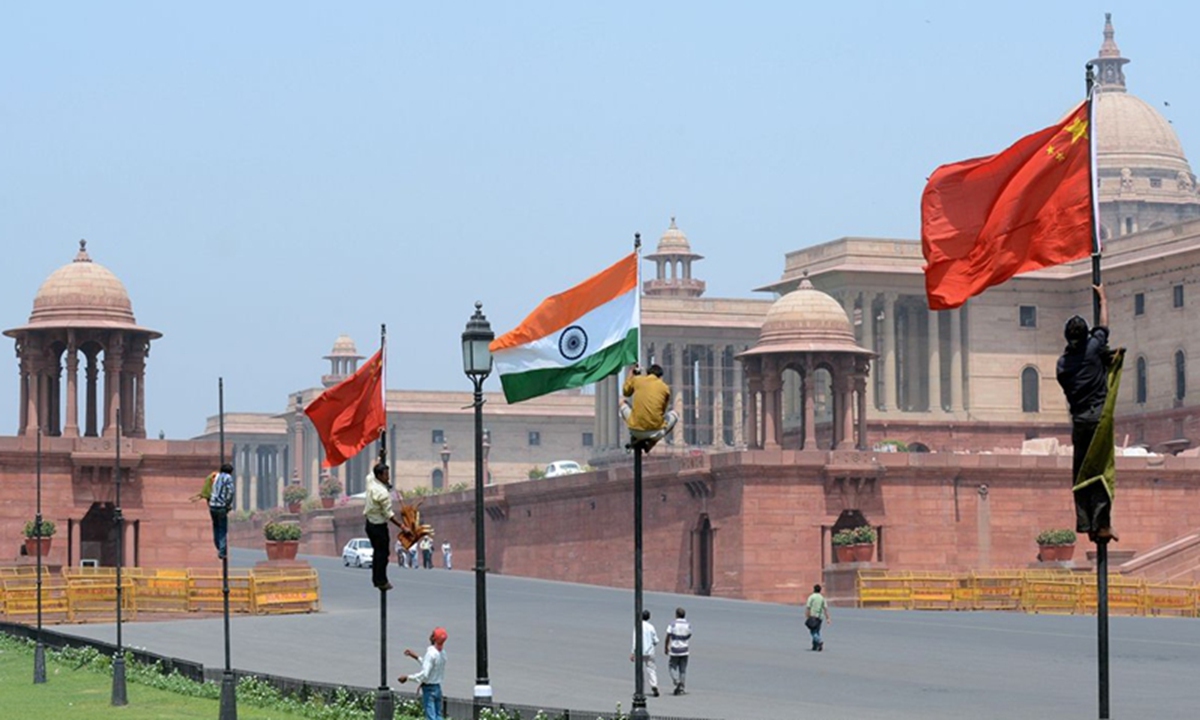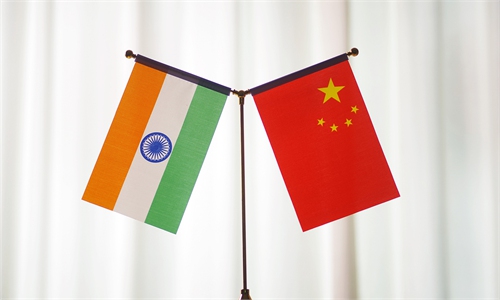
China-India
China and India have cemented agreements achieved in previous rounds of talks in the latest commander level meeting on Friday, with both sides vowing to ensure their frontline troops "exercise restraint and avoid misunderstanding and miscalculation." Future talks will be arranged soon, indicating the two sides are prepared to prolong the row through the coming winter and even longer, according to an official media release by China's Ministry of National Defense on Sunday.
Both sides agreed to earnestly implement the important consensus reached by the leaders of the two countries, maintain dialogues and communications through military and diplomatic channels, and push for the settlement of other outstanding issues, so as to jointly maintain peace and tranquility in the border areas, said the release.
The wording in the eighth round of talks - "China and India also agreed to have another round of meetings soon" - seems to be keeping the door to a peaceful solution open.
"The agreement of maintaining dialogues and communications itself shows that neither India nor China desires an escalation of the issue, and that both are trying to prevent disagreements from developing into conflicts," Qian Feng, director of the research department at the National Strategy Institute at Tsinghua University, told the Global Times.
The recent enhancement of India-US ties have definitely weighed on the China-India talks, said Qian, adding that the signing of Basic Exchange and Cooperation Agreement for Geo-Spatial Cooperation during the recent 2+2 India-US ministerial dialogue, which promoted the quasi military alliance between India and the US and the building of QUAD, an informal security grouping of the US, Japan, Australia and India, would surely encourage the Indian side to act tougher during talks.
However, similar to the seventh round of such talks between senior commanders in mid-October, the latest round conducted in early November failed to bring about concrete progress in forming a disengagement plan, which Chinese observers called the "main point" of this series of military channel communications.
Since their sixth round of talks in late September, China and India had announced a slew of decisions including not sending more troops to the frontline, refraining from unilaterally changing the situation on the ground and avoiding any actions that may further complicate matters, Times of India reported.
Chinese analysts pointed out that the outcomes of the seventh and eighth rounds of talks indicated the two sides have entered a stalemate over the disengagement solution, despite other agreements being reached in a generally positive atmosphere, adding that it was the Indian side to blame for this situation.
Indian's reluctance to retreat from the Chinese side of the LAC and to end their aggression near the south bank of the Pangong Tso Lake, which they dared to regard as a "trophy of war" in the border friction, led to the failure in addressing the row, Song Zhongping, a military expert and TV commentator, told the Global Times on Sunday.
Hu Zhiyong, a research fellow at the Institute of International Relations of the Shanghai Academy of Social Sciences, also expressed disappointment over the latest round of talks, saying that an insincere India had misused the military talks as a setting for shameless bargaining.
According to the Times of India, India maintained that the disengagement process has to start simultaneously at all the flash points, while nearly 50,000 Indian Army troops are currently deployed in a high state of combat readiness in various mountainous locations.
China deployed an equal number of troops, the report claims, citing official sources.
With winter already setting in, the region has now been hit by extreme cold. The China and India border stand-off will become a war of patience and a test of both sides' logistical support capabilities. China's People's Liberation Army (PLA) has an overwhelming superiority over the Indian army if there is ever a winter war, observers said.
Chinese soldiers on border patrol have been given new equipment and suits, including glare-reducing lenses, multifunctional kettles and cold protective suits, to protect them from the extreme weather, the PLA Daily reported.
According to the report, a total of 15 kinds of equipment and suits were supplied to meet the requirements of patrolling in temperatures ranging from - 40 C to -30 C.
And compared with China's indigenous and sufficient supply of winter gear, India has to rely on foreign suppliers, acquiring extreme cold gear sets from the US.
Whether such imported gear would meet the challenge of the harsh cold of the region remains a question, Song noted, suggesting that the PLA is better prepared and more capable when it comes to winter supplies.
The PLA's weapons also beat the Indian army's in terms of extreme cold resistance capability, Song added.
Considering this gap in capabilities, it would be not surprising if the Indian army choose to disengage in the winter time and return when the cold abates, as it is increasingly clear that the border issue with China has become a routine card to play whenever domestic tensions emerge in India, observers said.



